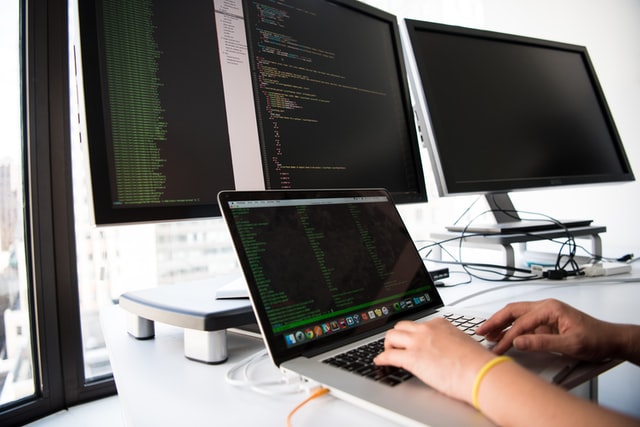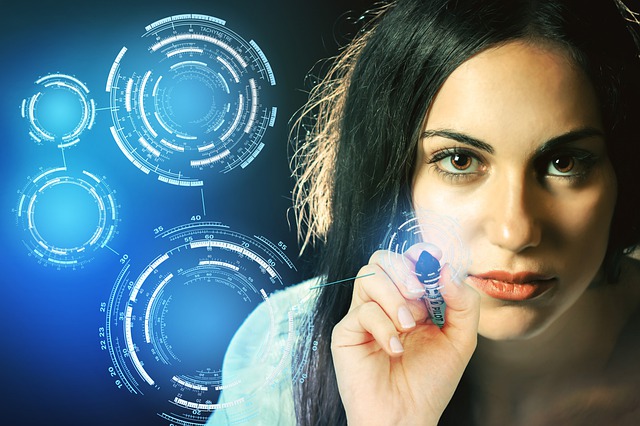The world right now is abundant not only with people but also with many devices. Devices and people are connected and honestly depend on each other. The concept known as the Internet of Everything is introduced, and the previously mentioned relationship suddenly became stronger.
According to multiple experts on the field, the Internet of Everything will take over and have a giant impact. Among everything else, military, city planning, healthcare, and environmental efforts were mentioned. What is, in fact, the Internet of Everything?
“The Internet of Everything is the intelligent connection of people, process, data, and things on the network. One important enabler of the Internet of Everything is the network intelligence that fuels the manageability, controllability, and scalability required to support this incredible growth in connections,” said John Chambers, former CEO of Cisco.
Digital sensor tools, interfaces used for remote appliances, smart mobile devices, and more can be put in the modern applications of the Internet of Everything corner. Its central element is the intelligent connection. That unites concepts together into one cohesive system, and it is what differs it from the Internet of Things.
What is the difference between the Internet of Everything and the Internet of Things?
To be more precise, it is a debate that is happening for quite some time now. It is common and to admit both concepts are closely interrelated. Both are not fighting; on the contrary, they rely on each other. For example, the Internet of Everything relies on the foundation of the Internet of Things by implementing intelligence to arrange and unite disparate systems. So, the Internet of Everything is made up of the Internet of Things in harmony with human-generate data, business processes, and data structure.
The Internet of Things – basics
“When wireless is perfectly applied, the whole earth will be converted into a huge brain, which it is, all things being particles of a real and rhythmic whole. We shall be able to communicate with one another instantly, irrespective of distance,” – said genius Nikola Tesla in 1926.
Even one of the greatest minds dreamt of a solution to communicate smoothly, as can be seen above. If you look back, the concept of the Internet of Things has progressed since its early stages. Its final definition took place in 1999. According to Gartner, it represents a system of physical objects that have embedded technology to communicate and sense or interact with their internal states of the external environment.
Medical devices, phones, appliances, cars, watches, phones – are some of the primary devices that can be put in the Internet of Things corner. Objects controlled by the Internet to make data-driven chances of direct integration between a physical device and a computer-based system. It is essential to realize that the Internet of Things is a fragment of something bigger – the Internet of Everything. In the Internet of Everything, there are things, people, processes, and data together.
Why the Internet of Everything? – further explanation
For sure, it is a system in which machines talk to one another and make complicated tasks with minimal human intervention. The Internet of Everything can deliver intelligence that will shift anything into an intelligent machine.
Internet of everything has four sources of strength:
- People – or also known as users that use connected devices to receive insights about their personal and professional selves. For example, interests, preferences, work, health, and many more. That is how enterprises learn about the needs and wants of users.
- Process – Standardized processes where data is filled up with meaning to start actions.
- Data – Data must be processed and analyzed to give relevant information. Nowadays, data is gathered all the time and later shifted into intelligence to give the best use of it.
- Things – Physical devices – the main feature of the Internet of Things
When it comes to their difference, it is essential to say that they are slightly different. For example, the Internet of Things is limited to physical devices. In contrast, the Internet of Everything brings together people, data, or in short words. It uses an intelligent connection to bring together all the previously written things. Later, it shifts the information into recommended actions.
Artificial intelligence and machine learning should be implemented in each company. The potential that comes out of them is essential, and essential strategies can be crafted, which will lead to more opportunities.
“Data is the fuel that powers the IoT, and the organization’s ability to derive meaning from it will define its long-term success. AI will be applied to a wide range of IoT information, including video, still images, speech, network traffic activity, and sensor data,” – said Nick Jones, research vice president at Gartner.
Smart applications that are quite advanced come out of the Internet of Everything or, to be more precise, come from the Data they are collected from. The Internet of Everything is, in fact, the key to making the world a better-connected place.



